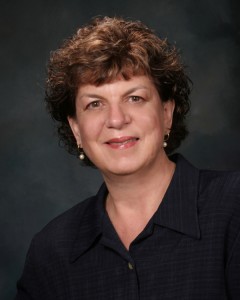
By NCTM President Linda M. Gojak
NCTM Summing Up, February 5, 2013
Recently, I had a conversation with a group of math coaches who are working with elementary teachers on implementation of the Common Core Standards for Mathematics. The discussion turned to a description of rigor in the classroom. The coaches commented that many of their teachers were confused by exactly what was meant by teaching and learning with rigor. The coaches weren’t sure how to respond.
Rigor in the Common Core State Standards
The word “rigor” is widely used in policy discussions, but it’s rarely understood or defined, and often it merely passes as code for “better.” It is interesting that the term “rigor” does not appear in the Common Core State Standards for Mathematics, although it is certainly implied. “Rigor” appears multiple times in the U.S. Department of Education’s paper, “A Blueprint for Reform: The Reauthorization of the Elementary and Secondary Education Act,” as well as its recent document, “ESEA Flexibility”—both of which include a call for rigorous academic content standards.
Rigor in Instruction
The coaches and I began our work of exploring the notion of rigor with an online search of the word “rigor.” The thesaurus led us to a list of synonyms, including “affliction,” “inflexibility,” “difficulty,” “severity,” “rigidity,” “suffering,” and “traditionalism”—none of which describe characteristics of rigorous mathematics instruction. No wonder the teachers were confused! However, two additional words included in the list—“thoroughness”and “tenacity”—provided avenues for some serious thought about what “rigor”implies. We generated the following chart, which led to an interesting discussion with the classroom teachers. There are certainly other characteristics that can be added to the list.
To see the list and read more, go to http://www.nctm.org/about/content.aspx?id=35428.